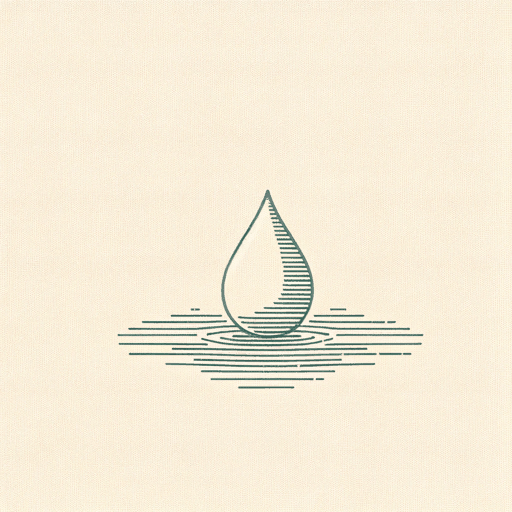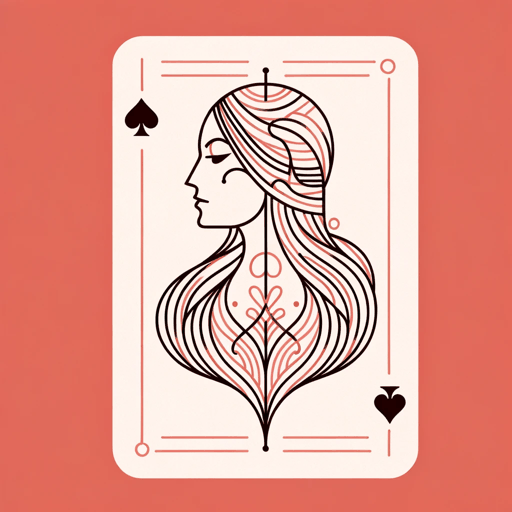21 pages • 42 minutes read
Alexander PushkinThe Bronze Horseman
Fiction | Poem | Adult | Published in 1841A modern alternative to SparkNotes and CliffsNotes, SuperSummary offers high-quality Study Guides with detailed chapter summaries and analysis of major themes, characters, and more.
Symbols & Motifs
Art and Architecture
The magnificent city of Saint Petersburg, with its large, imposing buildings, bridges, gardens, and vibrant cultural life, symbolizes the human triumph over the chaos of nature. The city imposes an order that is conducive to human life; it has tamed the wild forces of the nearby Neva River and its surrounding marshes. The river, on the other hand, symbolizes those very forces that the city has supposedly conquered. When the river floods, it represents nature bursting out of the unnatural boundaries that human ingenuity has imposed on it; it wreaks havoc as a kind of revenge. The poem takes care to describe the water disrupting the very architecture that makes the narrator proud, the waves pouring into buildings like thieves out to loot and plunder. The statue of the Bronze Horseman symbolizes the power of a single inspired man to build a great city in an apparently inhospitable place and the autocratic power of the state to control the destiny of the common people.
The Supernatural
The poem never clarifies what is really happening during the dramatic episode when the Bronze Horseman comes alive to pursue Yevgeny in answer to Yevgeny’s angry challenge. Is the poor addled man imaging this whole thing? Or does a supernatural force actually inhabit the statue that night? The text of the poem is intentionally ambiguous.
Related Titles
By Alexander Pushkin





